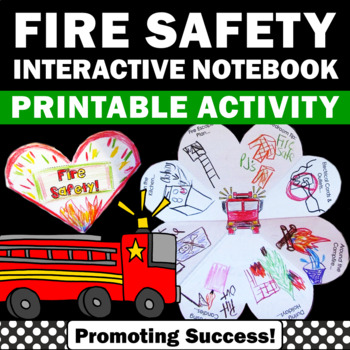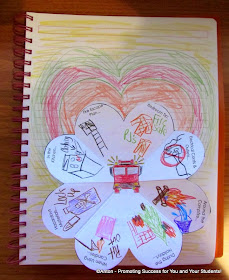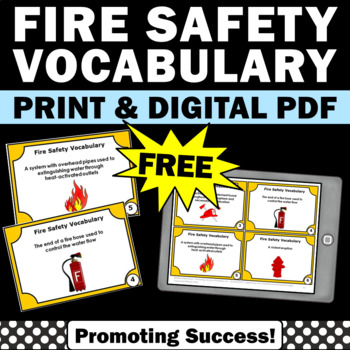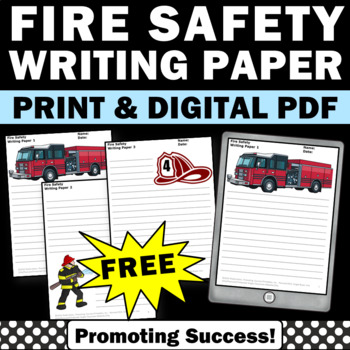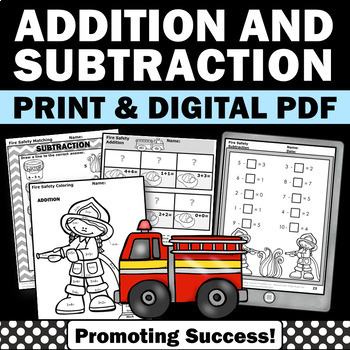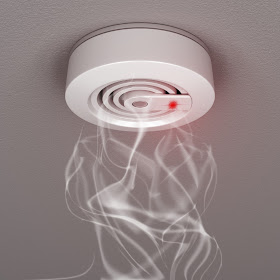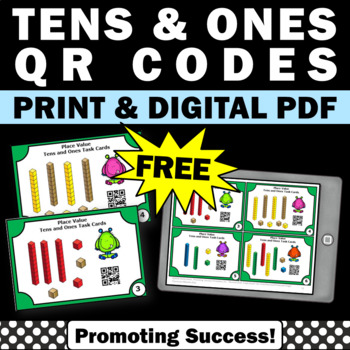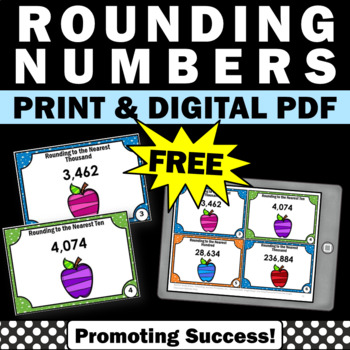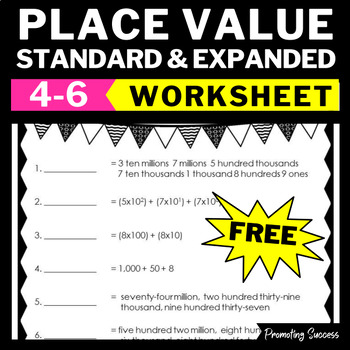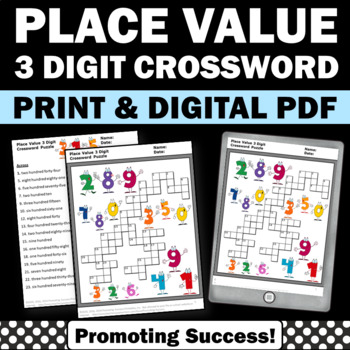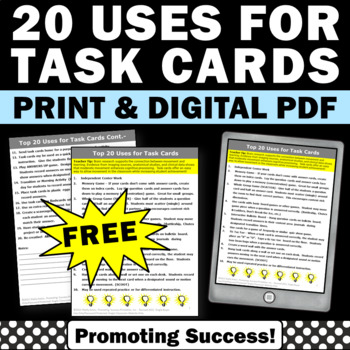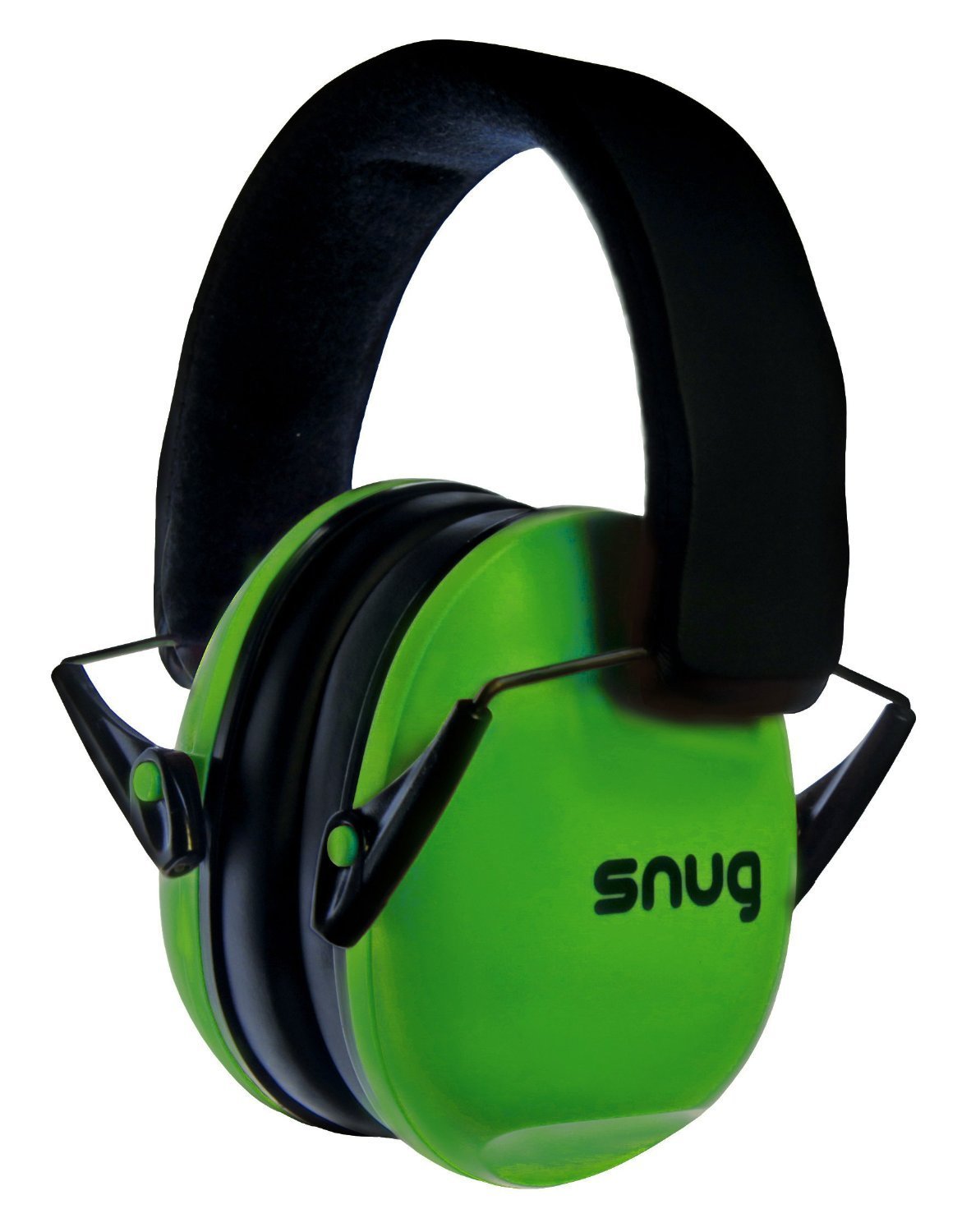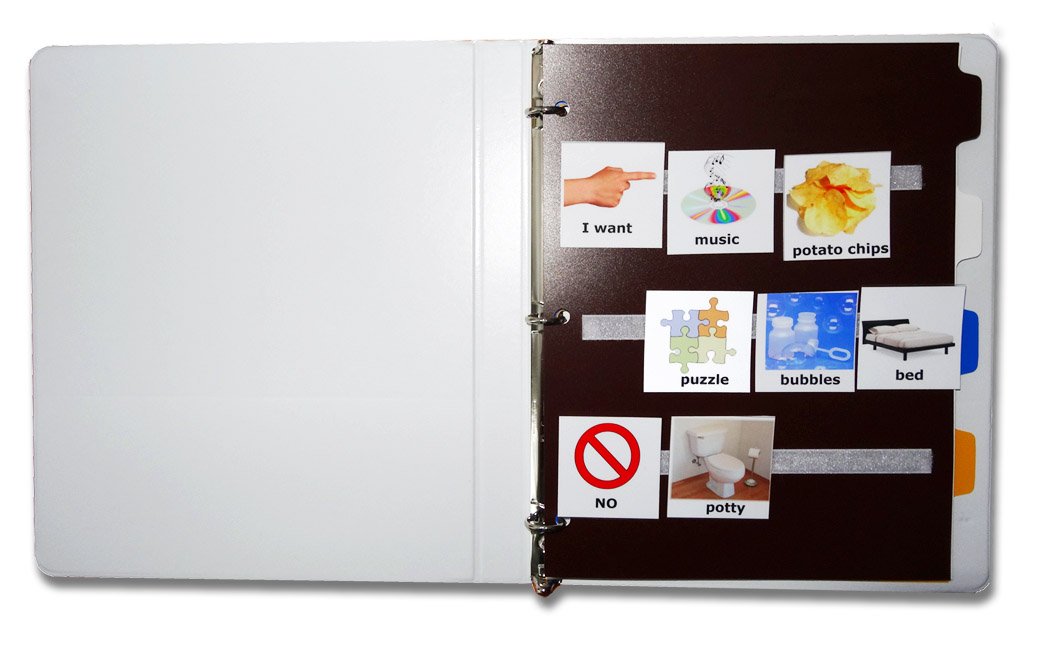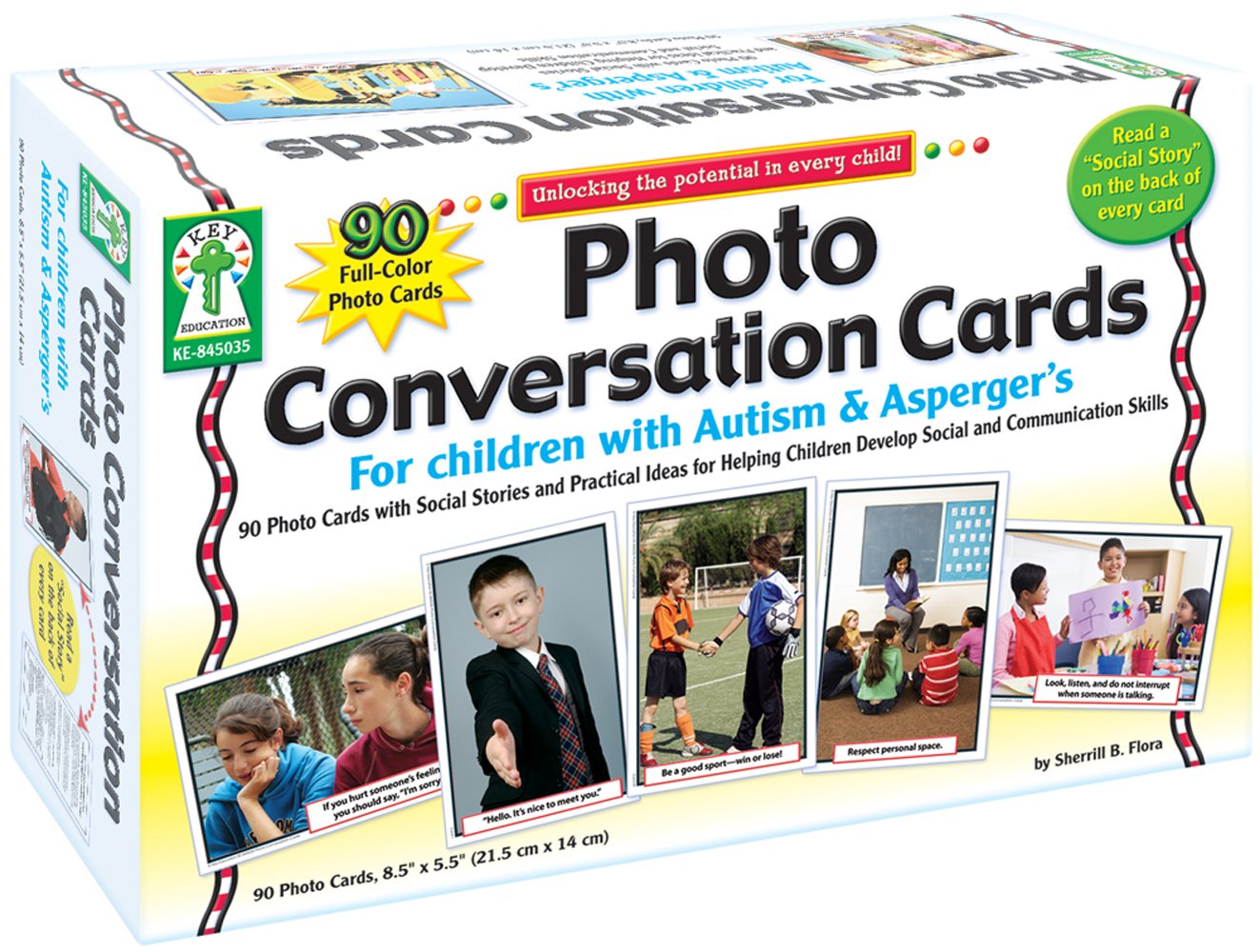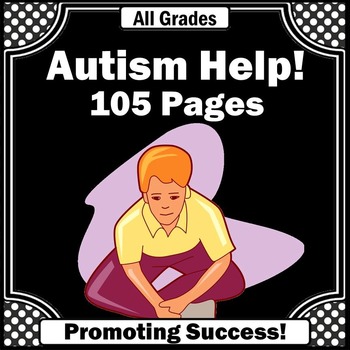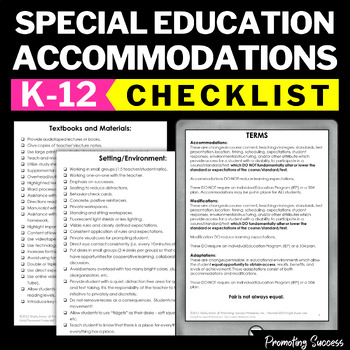Fire Safety Week Activities: Since 1922, Fire Prevention Week has been observed on the Sunday through Saturday period in which October 9 falls. Have some fun teaching about fire safety with these FREE finger plays and songs that will help your students learn important fire safety practices they should know and follow all year round!
Click HERE to SUBSCRIBE to our V.I.P. exclusive newsletter for SECRET SALES and FREE printables.
Note: This blog post contains resources from our TpT store and our Amazon Associate store.
---------------------------------------------
Hurry, Hurry, Drive the Firetruck Song
---------------------------------
Ten Brave Firefighters
Ten brave firefighters sleeping in a row.
(Fingers curled to make sleeping men)
Ding, dong, goes the bell
(Pull down on the bell cord)
And down the pole they go.
(With fists together make hands slide down the pole)
Off on the engine, oh, oh, oh!
(Pretend you are steering the fire engine very fast)
Using the big hose, so, so, so.
(Make a nozzle with fist to use hose)
When all the fire's out, home so slow.
Back to bed, all in a row.
(Curl all fingers again for sleeping men)
---------------------------------
Five Brave Firefighters Fingerplay or Action Rhyme
---------------------------------
I am a Fireman Big and Strong! Action Song
---------------------------------
I am a Firefighter Fingerplay
I am a Firefighter ("I'm a Little Teapot")
I am a firefighter, dressed in red.
With my fire hat on my head.
I can drive the firetruck, fight fire, too!
And help to make things safe for you!
---------------------------------
You may also like these finger plays from our TpT store:
These literacy activities also work well for special education, ESL and speech and language therapy students. You will receive four fire safety reading passages. Each finger play, rhyme or song is followed with five multiple choice questions. An answer key is also provided.
---------------------------------
Please visit out other blog post for lots more fire safety activities.
Click HERE.
---------------------------------
More resources from our TpT store:
Best Seller
This foldable craftivity is perfect for October Fire Prevention Month, a community helpers unit or as a fire safety review. There are several variations of the ONE template for easy differentiation. There are eight sections for students to write or draw fire safety tips.
---------------------------------
You will receive six vocabulary task cards for literacy center games. Scavenger hunt directions, along with 20 other games ideas, are also included. They work well for elementary, special education, ESL and speech therapy. You will receive a student response form and answer key.
Vocabulary words include:
fire engine
air mask
oxygen
sprinkler system
nozzle
explosive
---------------------------------
Here are three printable pages for your students to practice creative writing, note-taking, narrative writing and other fire safety activities. They work well for all elementary students including special education and ESL students.
---------------------------------
Students will practice addition and subtraction facts up to ten with a fire safety math theme. Activities include coloring, matching, and cut and paste. This packet works well as morning work, homework, as a math review or extra practice for special education. It is in black and white for more economical printing. Answer keys are provided.
---------------------------------
You will receive 30 task cards with a fire safety theme. They work well for 1st and 2nd grade, ESL, special education and speech and language therapy students. Ideas for games are included, such as SCOOT or a scavenger hunt. Language skills include verbs, adverbs, pronouns, contractions, quotes, spelling, alphabetizing and more. You will also receive a student response form and answer key.
---------------------------------
This foldable craftivity is works well with an October Fire Prevention Month unit, a community helpers unit, special education, ESL or speech and language therapy. Students will color and cut out three lift the flap pages with 10 word definitions on each page. An separate word bank is also available for easy differentiation. Students read the definition on the flap and write (or paste) the correct word underneath the flap. Optional word cards are provided on a separate page for differentiation as well. When the activity is completed, the students can lift the flaps as a study guide. Finally, a fire safety quiz is provided for all 30 words along with an answer key.
---------------------------------
---------------------------------
---------------------------------------------
Please click HERE for more fire safety resources in our store on Teachers Pay Teachers.
---------------------------------------------
Check out some more teaching resources from our Amazon Associate store:
While out for a walk with her mom, a little girl has the surprise of her life --- she meets a real, live, fire-breathing dragon! Now this dragon is nothing to be afraid of --- in fact, he's so friendly that she invites him home for tea. But their afternoon snack is suddenly interrupted when the dragon sneezes and sets the table ablaze. Luckily, the girl knows just what to do, and she teaches her new friend to be fire smart, too.
With its funny, rhyming verse and spunky illustrations, Dragons for Tea shows kids that learning about fire safety doesn't have to be scary. The story ends with ?The Dragon's Fire Safety Rhyme? --- a fun and easy way to remember what to do in case of fire.
Grades K-2
---------------------------------------------
Approx. 1" - 2 1/2" x 1 1/2" - 2"
12 Sheets contain 25 Stickers each
---------------------------------------------
Add the dalmatian's spots with your own fingerprints. These fun Dalmatians help reinforce the message of fire safety. Teach kids about safety with a fun puppy dog craft idea. Includes black ink pad in 1 3/8" plastic case and self-adhesive wiggle eyes. Safe and non-toxic. Cardstock. (2 dozen per unit) 8".
This tent is so much fun in your learning center.
---------------------------------------------
Colorful banner designed to decorate walls and bulletin boards
Banner is 12 inches wide and 45 inches long
Folds flat for easy storage
Banner reminds students about fire safety
Vertical orientation is perfect for next to doors or between windows
---------------------------------------------
Click HERE to SUBSCRIBE to our newsletter for SECRET SALES and FREE printables.
Click HERE to follow us on Instagram.
Click HERE to follow us on Pinterest.
Shelly Anton is a participant in the Amazon Services LLC Associates Program, an affiliate advertising program designed to provide a means for sites to earn advertising fees by advertising and linking to Amazon.com. ** This means there are Amazon affiliate links in these blog posts. This does not mean you pay a dime more when you purchase a product through the link. It just means I am trying to save you valuable teacher time by making it easier for you to find great resources for your students, and I earn a few cents for my research and time. Thank you for all you do for kids!





